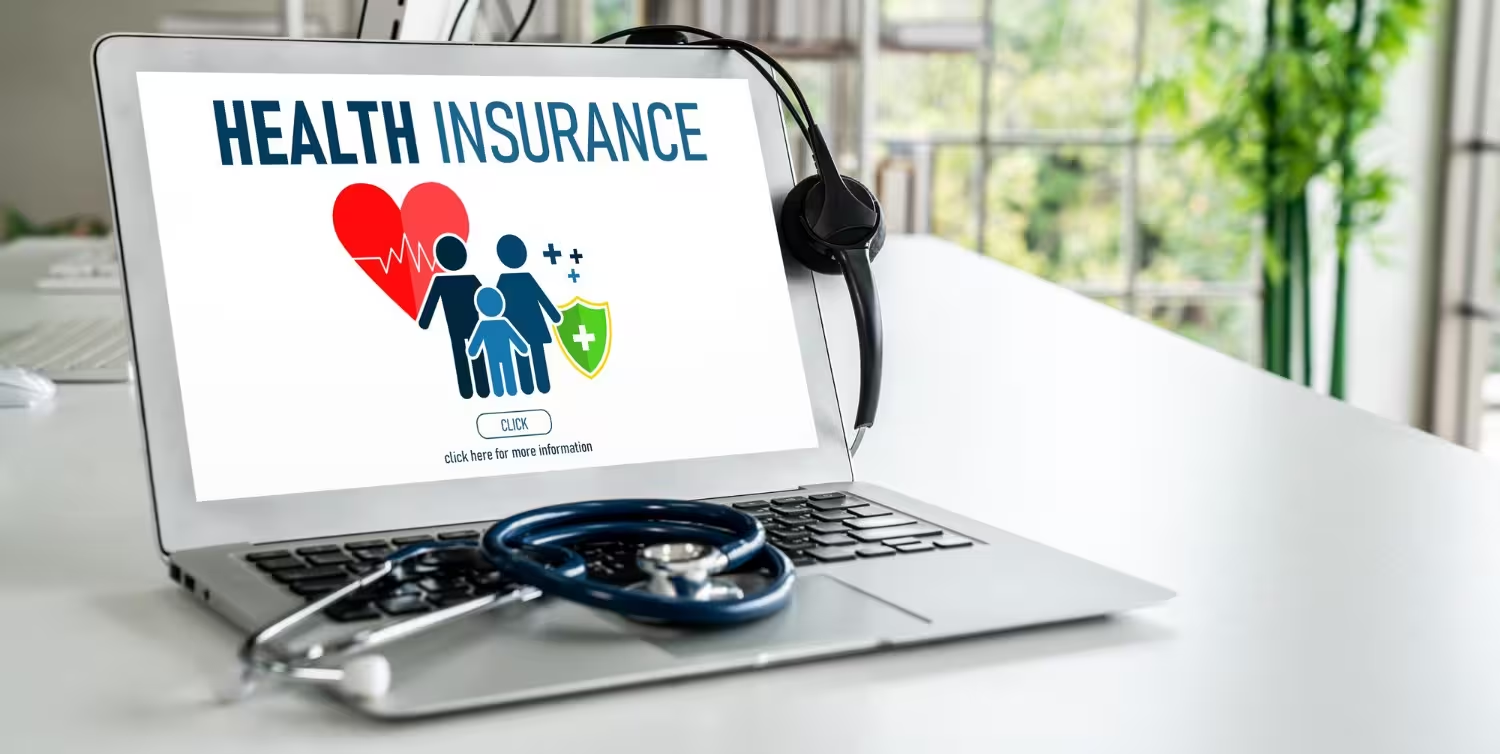[ANSWERED] What is Remittance Advice?
Healthcare providers receive remittance advice from either insurance companies or patients (payers) when payments are being made for medical services. But, how often and why? Let’s find out!

Receiving payment is important, no matter what industry you’re in. Any industry where goods or services are being exchanged for payment uses some form of remittance.
The process is necessary to ensure that payments are being made and processed correctly all within a timely manner as well. Remittance is also good to have for recordkeeping.
Remittance literally means to pay back. So, in simple terms, remittance is money that is being sent from one person to another.
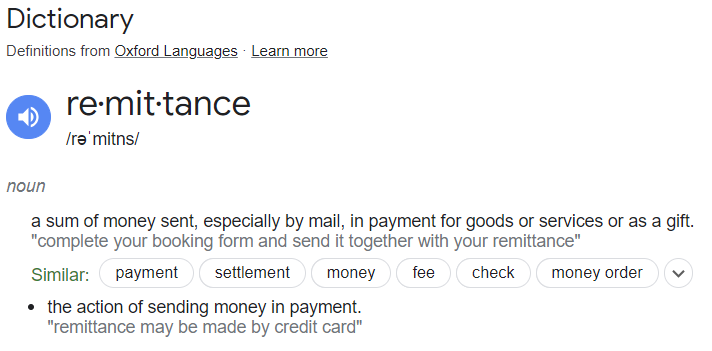
In this blog, we’re taking it one step further by referring to remittance advice, or RA, specifically in the healthcare industry.
Medical billing plays a huge role in healthcare. It’s how practices both big and small can stay financially healthy which keeps them up and running.
Healthcare providers receive remittance advice from either insurance companies or patients (payers) when payments are being made for medical services.
But, how often and why? Let’s find out!
Importance of Remittance Advice
What is remittance advice? Quite literally, remittance advice is documentation of an incoming payment. It’s received either physically or electronically. We’ll get into those 2 options in just a bit.
Let’s start with the beginning of this whole process.
A patient seeks out some type of healthcare service. After the appointment, the healthcare provider will send an invoice out to the payer. A payer can look like an insurance company, government program, or patient. An invoice is like a receipt of the services given.
Once this claim gets reviewed and approved, the payer will reimburse the provider.
Here’s where remittance advice comes into play. RA notifies the provider that payment is being transmitted for collection very soon.
Remittance advice isn’t required. It can come from either party. It’s seen as a courtesy.
If it’s not required, then how do you know when to send RA?
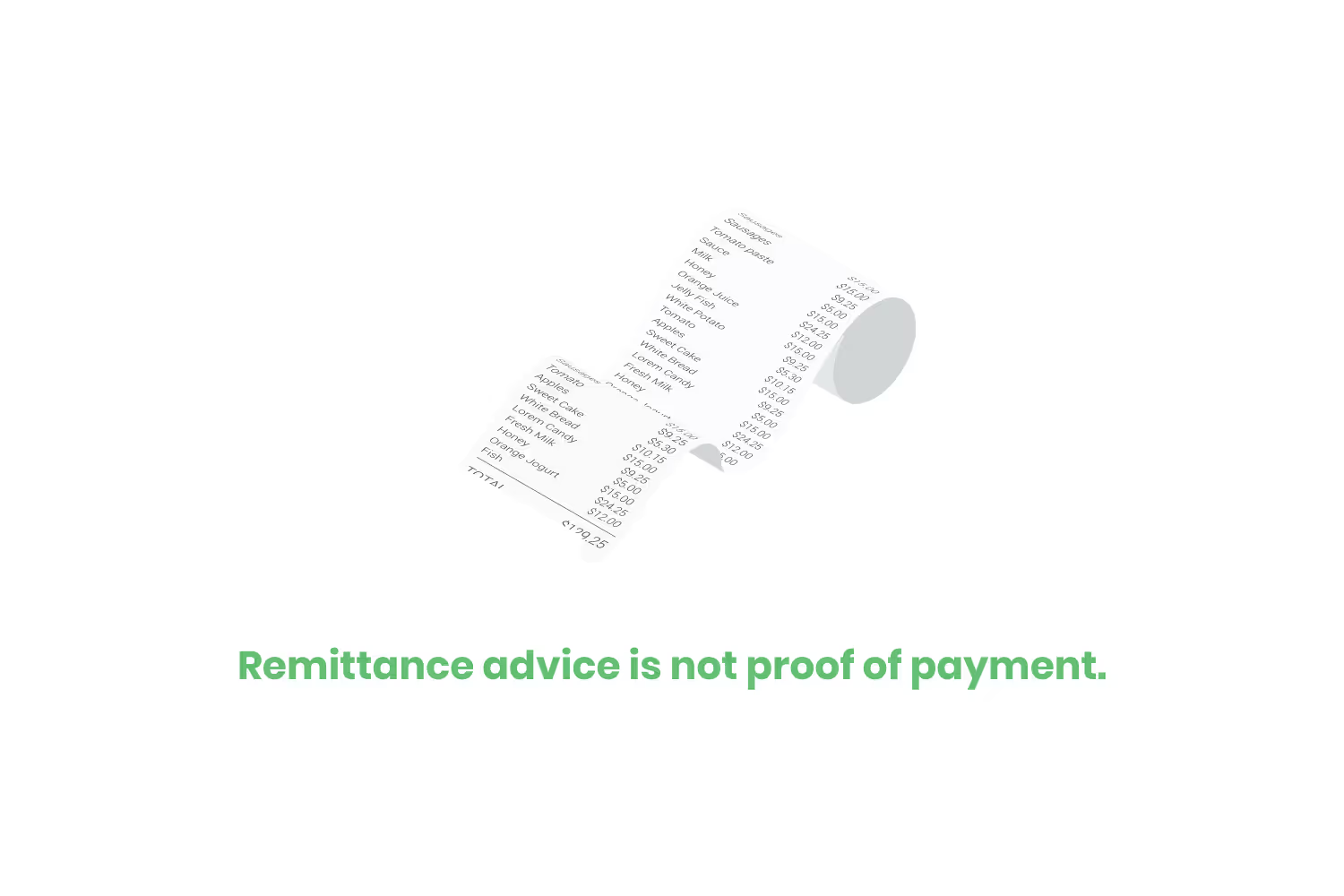
Well, it’s most often used when transferring:
- Large amounts
- Urgently expected payments
- International payments
- Combined payments
Notice I said that it notifies the provider that payment will come very soon.
Remittance advice is not proof of payment. It’s an overview of outstanding invoices and expected incoming payments. In regards to one of the types of RA we’ll be talking about, SPR, remittance advice can come along with the payment via mail.
This document gives a healthcare provider insight into 3 key things: which invoices are being paid, how much is being paid, and when the payment is being made.
Other common things you will see on an RA are an invoice number, any relevant reference numbers, any applicable discounts, and the invoice amount.
There’s a lot of information entailed within this document about finances.
Benefits of Remittance Advice
I think it’s important to note the benefits of receiving RA for both parties: the healthcare provider and the payer alike.
There’s a lot of clarity within remittance advice. Numbers don’t lie.
Remittance advice ensures that payments are correctly applied to outstanding invoices. It specifically states the invoice amount, what is being paid, and how much.
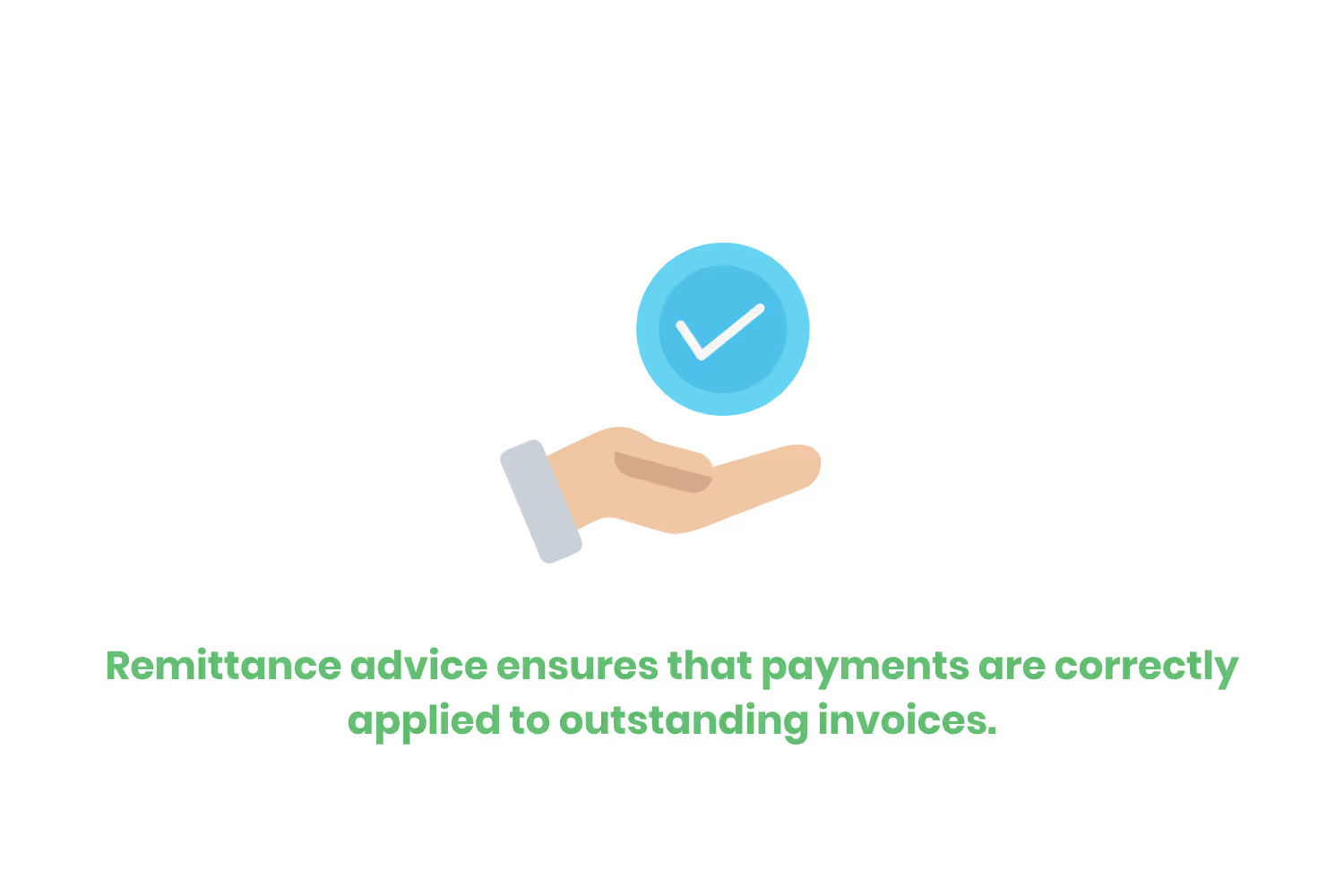
As I’ve said and you’ve read a few times, RA gives proof that payment is on the way.
With all that it records, it helps to maintain accurate financial records. Maintaining accurate financial records helps to better track finances.
It serves as a system of checks and balances. It ensures that payments are being correctly applied.
Remittance Advice vs. ERA
As I stated earlier on, there are different types of remittance advice. One of those types is Electronic Remit Advice or ERA. It’s also known as an 835 transaction.
An 835 is like an electronic receipt that’s sent from the payers back to the provider. It provides further information about a patient’s healthcare services that need payment.
I don’t want to overwhelm you too much with terms. To learn more about 835 files as well as 837 files, check out this blog here.
Electronic remit advice is a digital version of the details of payment for the healthcare service. Everything that we’ve talked about so far that’s contained in RA is just in an electronic format.
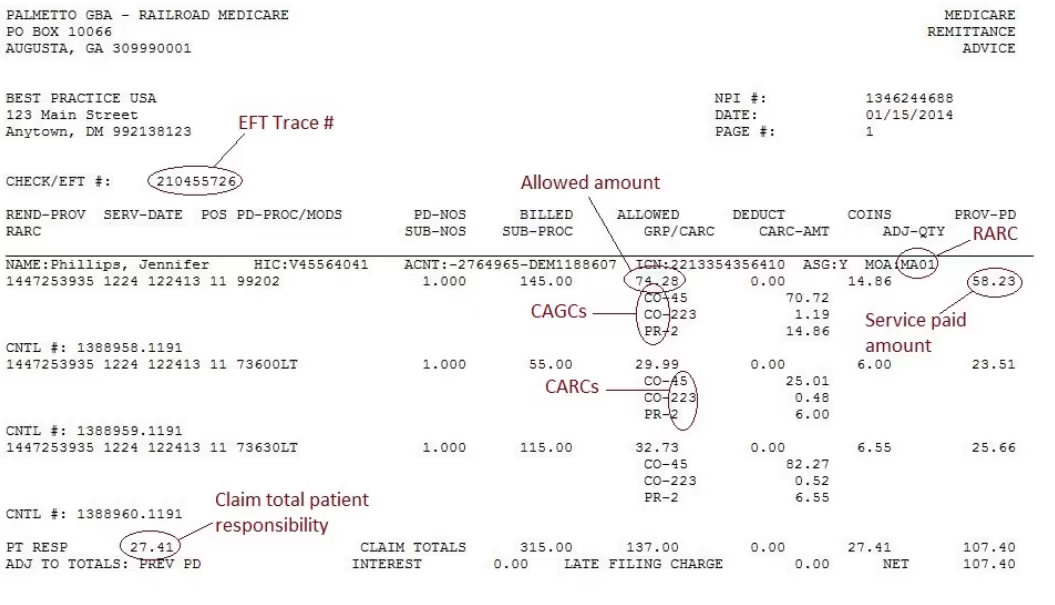
An ERA is quite efficient in that it helps streamline both the payment and record-keeping process in healthcare billing.
In 2024, it’s no surprise that we’re immersed in a digital era. Era as in the period-of-time, not ERA (see what I did there).
Electronic remittance allows for direct sending to the provider from the payer or vice versa. The sending and receiving of of ERA’s comes within seconds.
Since most payments are now made digitally and thus received immediately, ERA is the common type of RA used.
Here’s a quick history lesson that will bring us to our next topic which is SPR. Before the wide use of technology and its advances, remittance advice used to get sent as a physical, paper copy in the mail. Alongside the remittance advice, a check comes attached as well. This check would include information that whoever was processing the payment could use to help them apply the check to the correct invoice.
Now back to ERA. What ERA does is make this process a little more mainstream. Now with the application of AI into our everyday practices, additional automated processes exist that complete this process.
I can’t imagine as time goes on how much more processes such as these will improve, but as of now, SPR is still used to help allocate payments to invoices as well as manage costs.
Now let’s talk about SPR.
Standard Paper Remite (SPR)
Standard Paper Remit (SPR) is another type of remittance advice. So we have ERA and SPR when it comes to the different forms or ways to receive RA.
Standard Paper Remit is a physical, paper document that’s sent by a payer (usually via certified mail). SPR can come in place of an EOB or Explanation of benefits.
The explanation of benefits is similar in the fact that it’s not a bill. However, it shows the total amount of charges for services or offerings that a patient received. The purpose of them is to show a patient how much their payer is going to cover and what their remaining balance is.
It’s typical for a patient to receive an EOB before their medical bill.

Signing up for ERA
You might be thinking…if ERA is more efficient then who still receives SPR?
Let’s take Medicare for example. Medicare is federal health insurance available to those who are 65 years of age or older. It’s also available to those under the age of 65 with certain disabilities or other medical diagnoses or conditions.
Do you actively work with Medicare programs? Do you submit claims? Then you can receive ERA. All that you must do if interested is apply to receive ERA.
So if you want to receive an ERA, you must apply for it. Enrolling into ERA typically takes around 3 to 4 weeks or simply a month. During this time your payers make necessary changes to send your RA electronically.
Receiving payments is quite important. The U.S. Department of Treasury thinks so as well. This government program has created guidelines for business associates that will send ERAs on behalf of the healthcare provider.
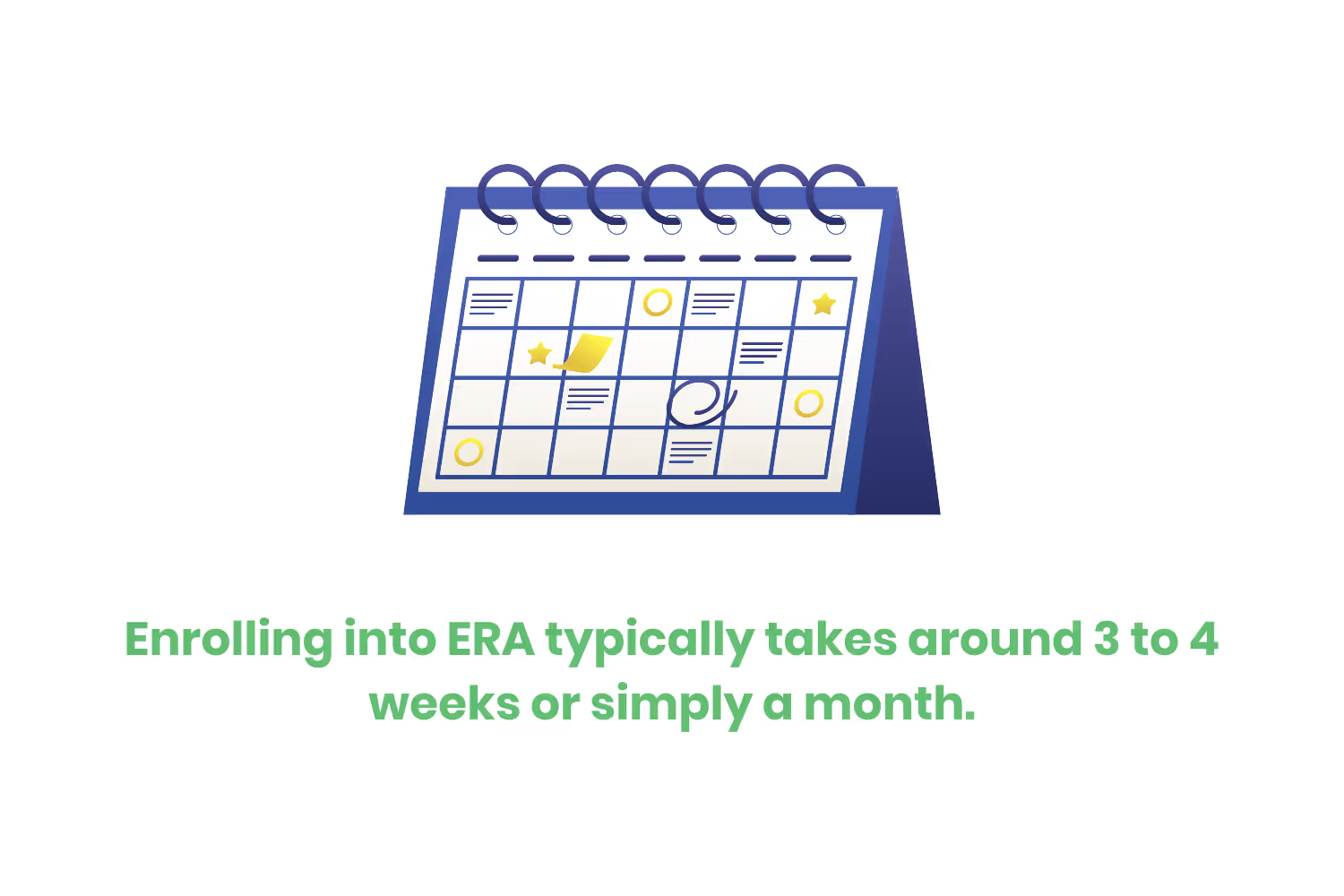
Business associates are organizations classified by HIPAA that help covered entities with their operations. Covered entities are health plans, healthcare clearinghouses, and healthcare providers which all need to follow HIPAA laws.
To make sure ERA is up and running for providers and payers to utilize, also referred to as applicants in this case, the guidelines from the Treasury are about making ERA programs as functional as possible.
This means including only what’s necessary. To understand what works it might be necessary to work alongside applicants or providers to know what works for them. It’s about making them useful.
After all, an ERA program exists to streamline remittance advice. So, there’s no room for unnecessary information from applicants.
It’s important that it’s clear for users to understand. That way they are more likely to fill out applications fully and correctly.
Through a Provider/Submitter Agreement form, healthcare providers can allow a billing service or clearinghouse to receive the ERA files on their behalf.
If a provider submits claims via paper or wants to receive ERAs, then they must complete a Separate Remittance Agreement form. This will give them their submitter number.
The Difference Between an ERA and SPR
Are there differences between ERA and SPR?
While the information on an ERA and SPR are similar, they’re going to look a bit different in regards to how they’re arranged.
Transactions, claims, and service lines are all shown on both SPRs and ERAs.
A service line in healthcare is how services and offerings group together. For example, it could be by health condition, organ system, age, or gender.
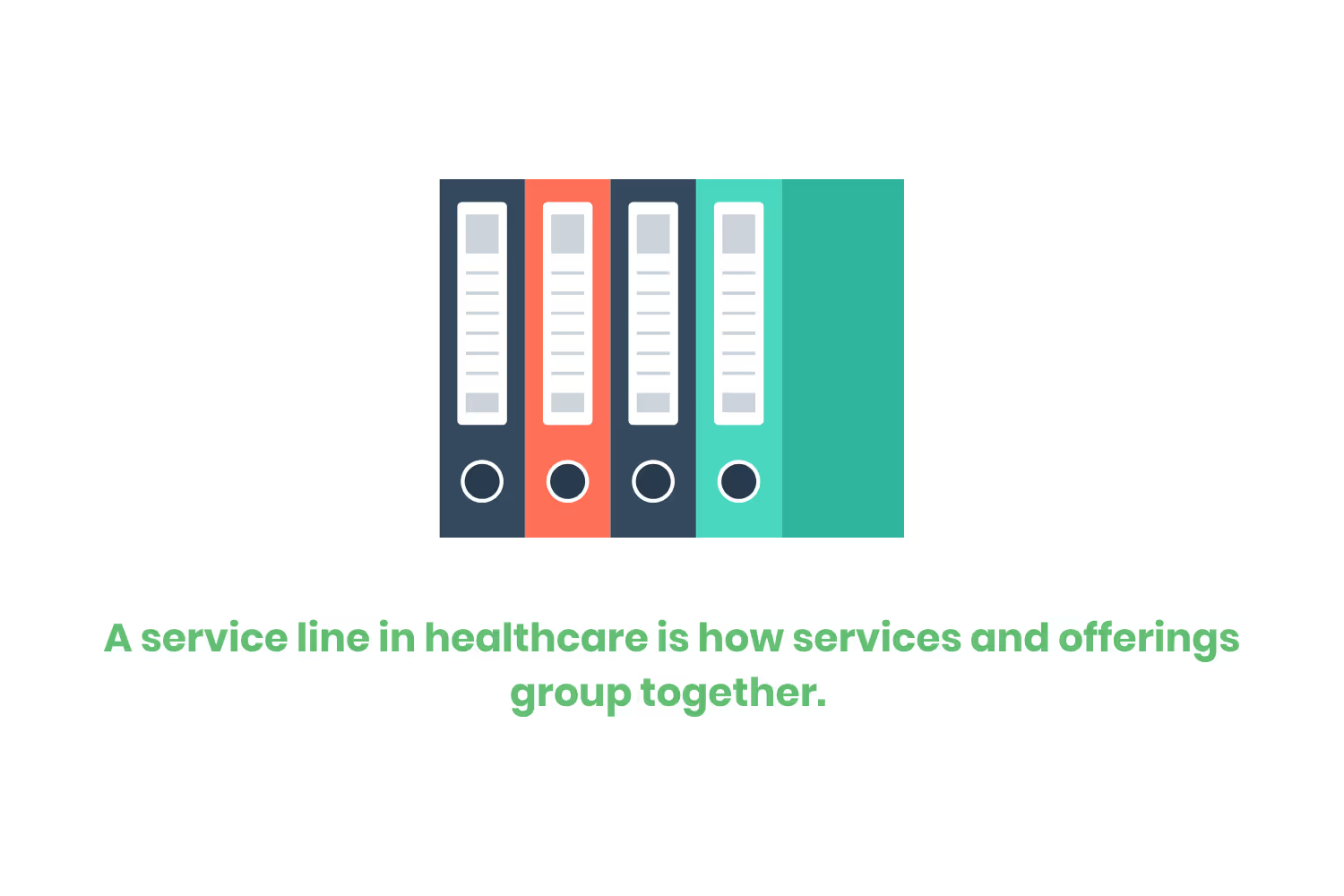
As we know ERAs are more streamlined. ERA results in faster communication amongst both parties as well as more accurate information. There are also fewer mishaps using ERAs because they’re sent immediately and electronically as opposed to through the mail. For this reason, they’re also able to offer a bit more data about administration that’s not available with SPR.
HIPAA is the Health Insurance Portability and Accountability Act. We talked about HIPAA a bit earlier in this blog. HIPAA is alive and well because it creates laws that ensure the safeguarding of protected health information (PHI).
HIPAA laws don’t cover SPR. Since HIPAA doesn’t cover SPR, it’s possible that service-line information won’t appear on some institutional SPRs as it would on ERAs.
Conclusion
We’ve covered quite a lot of topics in this blog. It can get quite tricky remembering what is what. There are a lot of different terms that come with a lot of different abbreviations.
The main takeaway from this blog that I hope you understand is what remittance advice is. After all, that is the topic of this blog. Remittance advice is not proof of payment, but proof that payment is on the way.
It’s most common to see it transmitted electronically via ERA, electronic remittance advice, but it can come through the mail in a paper format as well. This is where the remittance changes its term to a Standard paper Remittance (SPR).
RA is important because it holds records of payments as well as remaining balances. It helps ensure that payments happen promptly and processed correctly.
We’re in a digital era, not ERA (get it haha), so the RA process has become more streamlined. If you work alongside Medicare programs and submit claims then I have good news for you. You can apply to receive ERAs.
The application process takes around 3 to 4 weeks. Since receiving payment from submitting claims is crucial, the U.S. Department of Treasury has clear guidelines for billing services and clearinghouses to follow.
Since ERAs are digital, they can give a bit more administrative information than an SPR would. Essentially though, both of these hold the same information which includes an invoice number, any relevant reference numbers, any applicable discounts, the invoice amount, which invoices are being paid, how much is being paid, and when the payment is being made.
All of this information is important and it needs to remain accurate as well. It makes sure that providers are being paid and by billing patients accurately and correctly. It all goes to improve effective and efficient communication to work toward keeping our healthcare systems financially healthy.
Emphasize your product's unique features or benefits to differentiate it from competitors
In nec dictum adipiscing pharetra enim etiam scelerisque dolor purus ipsum egestas cursus vulputate arcu egestas ut eu sed mollis consectetur mattis pharetra curabitur et maecenas in mattis fames consectetur ipsum quis risus mauris aliquam ornare nisl purus at ipsum nulla accumsan consectetur vestibulum suspendisse aliquam condimentum scelerisque lacinia pellentesque vestibulum condimentum turpis ligula pharetra dictum sapien facilisis sapien at sagittis et cursus congue.
- Pharetra curabitur et maecenas in mattis fames consectetur ipsum quis risus.
- Justo urna nisi auctor consequat consectetur dolor lectus blandit.
- Eget egestas volutpat lacinia vestibulum vitae mattis hendrerit.
- Ornare elit odio tellus orci bibendum dictum id sem congue enim amet diam.
Incorporate statistics or specific numbers to highlight the effectiveness or popularity of your offering
Convallis pellentesque ullamcorper sapien sed tristique fermentum proin amet quam tincidunt feugiat vitae neque quisque odio ut pellentesque ac mauris eget lectus. Pretium arcu turpis lacus sapien sit at eu sapien duis magna nunc nibh nam non ut nibh ultrices ultrices elementum egestas enim nisl sed cursus pellentesque sit dignissim enim euismod sit et convallis sed pelis viverra quam at nisl sit pharetra enim nisl nec vestibulum posuere in volutpat sed blandit neque risus.

Use time-sensitive language to encourage immediate action, such as "Limited Time Offer
Feugiat vitae neque quisque odio ut pellentesque ac mauris eget lectus. Pretium arcu turpis lacus sapien sit at eu sapien duis magna nunc nibh nam non ut nibh ultrices ultrices elementum egestas enim nisl sed cursus pellentesque sit dignissim enim euismod sit et convallis sed pelis viverra quam at nisl sit pharetra enim nisl nec vestibulum posuere in volutpat sed blandit neque risus.
- Pharetra curabitur et maecenas in mattis fames consectetur ipsum quis risus.
- Justo urna nisi auctor consequat consectetur dolor lectus blandit.
- Eget egestas volutpat lacinia vestibulum vitae mattis hendrerit.
- Ornare elit odio tellus orci bibendum dictum id sem congue enim amet diam.
Address customer pain points directly by showing how your product solves their problems
Feugiat vitae neque quisque odio ut pellentesque ac mauris eget lectus. Pretium arcu turpis lacus sapien sit at eu sapien duis magna nunc nibh nam non ut nibh ultrices ultrices elementum egestas enim nisl sed cursus pellentesque sit dignissim enim euismod sit et convallis sed pelis viverra quam at nisl sit pharetra enim nisl nec vestibulum posuere in volutpat sed blandit neque risus.
Vel etiam vel amet aenean eget in habitasse nunc duis tellus sem turpis risus aliquam ac volutpat tellus eu faucibus ullamcorper.
Tailor titles to your ideal customer segment using phrases like "Designed for Busy Professionals
Sed pretium id nibh id sit felis vitae volutpat volutpat adipiscing at sodales neque lectus mi phasellus commodo at elit suspendisse ornare faucibus lectus purus viverra in nec aliquet commodo et sed sed nisi tempor mi pellentesque arcu viverra pretium duis enim vulputate dignissim etiam ultrices vitae neque urna proin nibh diam turpis augue lacus.


